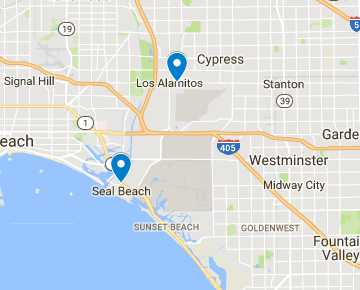Why Do Bunions Form?

If you have a bunion, you know how uncomfortable they can be. Luckily, there are steps you can take to prevent their development and reduce your discomfort. High heels and narrow shoes can be fun to wear, but they can also be highly uncomfortable — especially if you have bunions. These painful bumps can make even the simplest tasks seem almost impossibly difficult. While there is only so much that you can do to prevent bunions from forming, there are a number of treatment options available to help you feel better.
What Are Bunions and How Do They Form?
Bunions are bony bumps that form at the metatarsophalangeal joint, or the joint where your big toe meets the rest of your foot. Bunions form slowly over time, eventually growing in size and sticking out from your foot. They can make your big toe turn in, sometimes to the point that it overlaps the toe next to it. Once they develop, bunions won’t go away on their own, and unfortunately, they will only get worse with age. There are several factors that cause bunions to form. One of the main factors is simply genetics. Bunions often form as a result of hereditary problems with the anatomy or structure of your foot. Inflammatory conditions like rheumatoid arthritis can also increase the likelihood of bunions forming. It is widely believed that wearing narrow or high-heeled shoes can cause bunions to form. While there is no denying that these shoes can contribute to the development of bunions, it is unclear whether these shoes can trigger bunion formation in themselves or if you need to be predisposed to developing bunions already. If you have a condition that increases your chances of developing bunions, though, narrow and high-heeled footwear can increase the likelihood of your developing bunions.Bunion Prevention and Treatment
The only variable that you can really control when it comes to developing bunions is your footwear. If you are worried that you might develop or are already starting to develop bunions, you should avoid pointy shoes and ensure there’s some space between the tip of your longest toe and the end of the shoe. A good rule of thumb is to wear shoes that conform to the shape of your feet without pressing or squeezing any part of your foot. Unfortunately, once a bunion develops, it will not go away on its own. If you are experiencing pain from your bunions, there are several treatment options that are available to you. If your bunion discomfort is more minimal, you might find sufficient relief from nonsurgical treatments. These include:- Wearing roomy, comfortable shoes.
- Wearing over-the-counter non-medicated bunion cushions or pads that can act as a buffer between your foot and your shoe.
- Taking over-the-counter pain medications.
- Using padded shoe inserts that can help distribute pressure evenly when you move your feet to reduce your symptoms and prevent your bunion from getting worse.
- Applying ice if your bunion becomes inflamed or after you spend too long on your feet.
- Removing the swollen tissue from around your big toe joint.
- Removing part of the bone from your big toe in order to straighten it.
- Realigning one or more bones in your forefoot to a more normal position in order to correct the abnormal angle in your big toe joint.
- Permanently joining together the bones of your affected joint.





